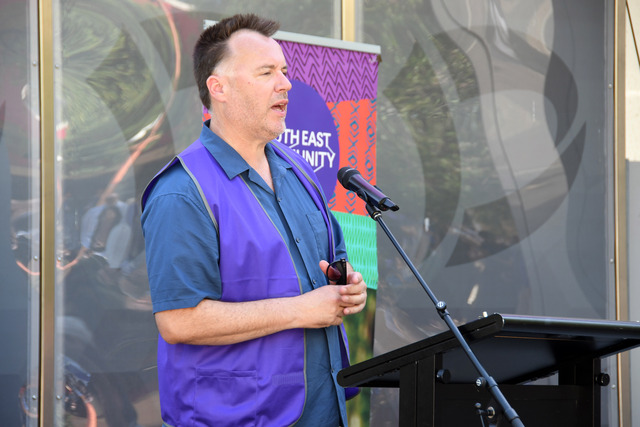By Kelly Yates
PREMIER John Brumby ignored advice not to go ahead with plans to expand the Casey-Cardinia Growth Corridor, according to Opposition leader Ted Baillieu.
Mr Baillieu said the advice from a senior public servant claimed the Urban Growth Zone was unnecessary.
But the Government says the report was an internal email from one employee to another, not to the Premier.
Spokeswoman for the Government Sophia Dedes said the document was written in November, months before the Urban Growth Zone was finalised.
The report said the growth plan risked being a “de facto green light for developers”.
Dubbed in early March as a solution to Melbourne’s housing crisis, the Casey-Cardinia growth corridor was included in the Urban Growth Zone which would fast track the establishment of more than 90,000 new land blocks.
The advice, in the form of an internal communication in the Transport Policy Branch of the Department of Infrastructure, challenges the time savings stated in the Cabinet submission and identifies as a key concern uncertainty about the role of local councils in the planning and rezoning process.
The Government’s precinct structure plan, as it is called, removes the requirement to refer planning applications to state agencies if those applications are generally in accordance with the precinct structures.
“This is of great concern,” the document states.
“There is no need for an urban growth zone. The Minister for Planning already has the power under the Planning and Environment Act to streamline the rezoning process.”
A secondary risk was the possibility of larger areas to develop more rapidly, thus making infrastructure delivery more difficult.
The document predicts that developers might be able to obtain approval from one section of government and bypass others, thus exacerbating the non-delivery of such infrastructure as railway stations.
“Any new precinct structure plan (should) include a public transport plan, approved by the Minister for Transport,” the departmental document recommended.
“It is unclear what infrastructure will be provided.
“There is no policy on what is to be a fair contribution from a developer.
“Each of the existing growth areas was selected because they were on existing rail corridors.”
The urban growth planning process could trigger strong opposition from local councils, the advice states.
Growth corridor advice ‘ignored’
Digital Editions
-

Christmas charities to the fore
Purchase this photo from Pic Store: 461805 Christmas is a time for compassion and generosity, with local organisations are prepared to do more than ever.…





